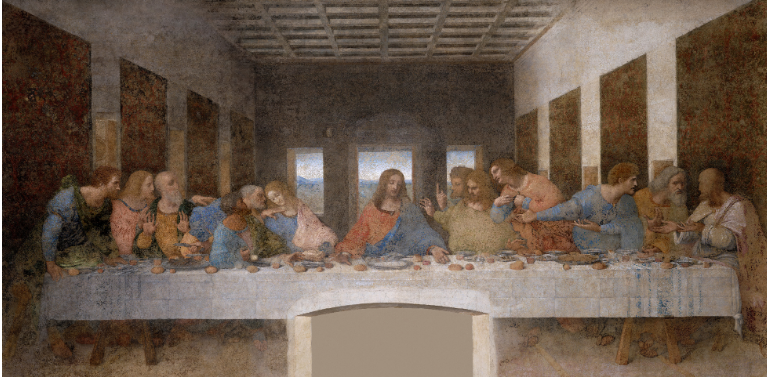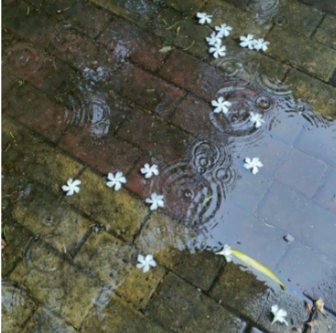A Woman to be Celebrated: Artemisia Gentileschi By Amina Radoncic
- Breanna Crossman
- Dec 3, 2023
- 3 min read
Earlier this year, when preparing for my school’s upcoming Quizbowl practice, I recall laying in bed after completing my homework for the night with my phone open to one of the many study links sent to both myself and my teammates; this week’s second category would be about famous art pieces and painters. After practically an hour of reading name after name, and scrolling past painting after painting, there was an image in particular that caught my eye, and the name beneath it happened to have been mentioned in other links more than once. That painting depicted two women beside each other, one squinting her eyebrows ever so slightly, focused on holding down the chest of the man before her. The other lady maintained a stern yet calm look, as one of her hands gripped his hair and held back the head of the unfortunate fellow, whose eyes were practically lifeless, yet still glimmered with pure terror. In her other hand, she held a scimitar that was coldly driven straight through the man’s neck. While I spent what felt like hours examining every last detail in the work of art, it was nothing more than a few minutes. I would soon come to learn that this painting was meant to depict Judith ruthlessly beheading Holofernes.

Judith Slaying Holofernes
Artemisia Gentileschi is one of the best painters of her time, and some might argue, of all time. She was born amid the Baroque art movement to yet another incredibly talented artist: her father, Orazio Gentileschi. But, she would come to be known for more than her father and would pave her way in the art world as both an extraordinary woman and a feminist. Much of her work is a reflection of the female perspective, which can be noted when observing her first signed and dated painting, Susanna and the Elders. She offered a new perspective on the biblical story from the Book of Daniel, one in which Susanna is shown to be turning both her nude body and her face away from the perverted onlookers, raising her hand to create some sort of barrier between her and the two men. This painting and her other works can be perfectly summarized by a claim made by the scholar Mary Garrard, stating that “the painting represents an art-historical innovation, it is the first time in which sexual predation is depicted from the point of view of the predated” (Mead).
Shortly thereafter, Gentileschi proceeded to create yet another revolutionary piece of artwork, titled Judith Slaying Holofernes. Most say that this painting is a reflection of her pure rage following a traumatic experience she had at the mere age of 17. She was horrifically raped by one of her father’s friends and fellow artist, Agostino Tassi. After her father found out, a trial that lasted seven months was held, and in the end, justice was not served. While Tassi was able to walk free, Gentileschi channeled her pain into her art, and little did she know that she would produce one of the most well-known paintings of all time. Despite the suffering and subjugation that Gentileschi was forced to endure, there is no doubt that she deserves to be celebrated for not only her work but for her undying bravery.
Works Cited
Gentileschi, Artemisia. Judith Slaying Holofernes. Le Gallerie Degli Uffizi, www.uffizi.it/en/artworks/judith-beheading-holofernes. Accessed 26 Nov. 2023.
Mead, Rebecca. "A Fuller Picture of Artemisia Gentileschi." The New Yorker, 28 Sept. 2020, www.newyorker.com/magazine/2020/10/05/a-fuller-picture-of-artemisia-gentileschi. Accessed 26 Nov. 2023.
Amina Radoncic (she/her) is a sixteen-year-old writer from Long Island, New York. She is a lover of classic literature, her favorite reads include To Kill A Mockingbird and Little Women. While she chooses to spend most of her time reading or writing, you can also find her watching history documentaries, listening to music ranging from Taylor Swift to Vivaldi, and spending time with her dog.



Comments